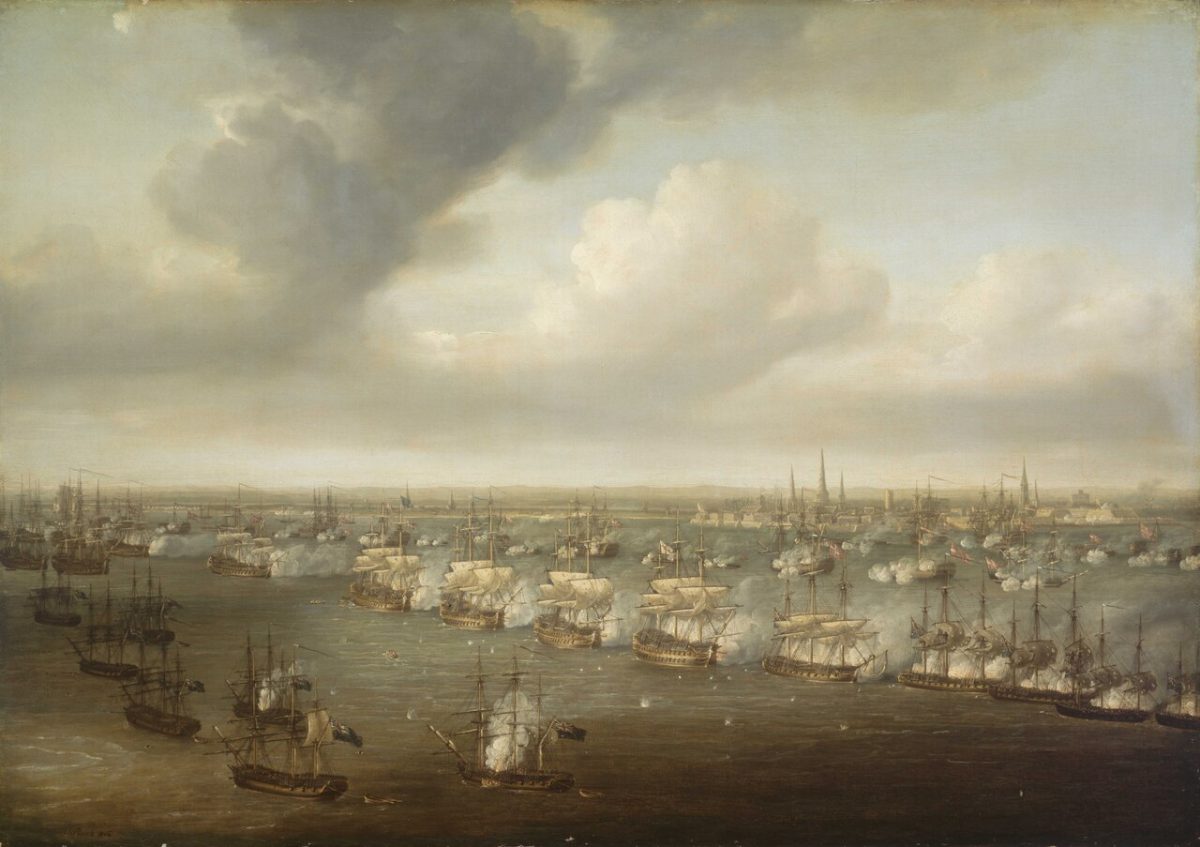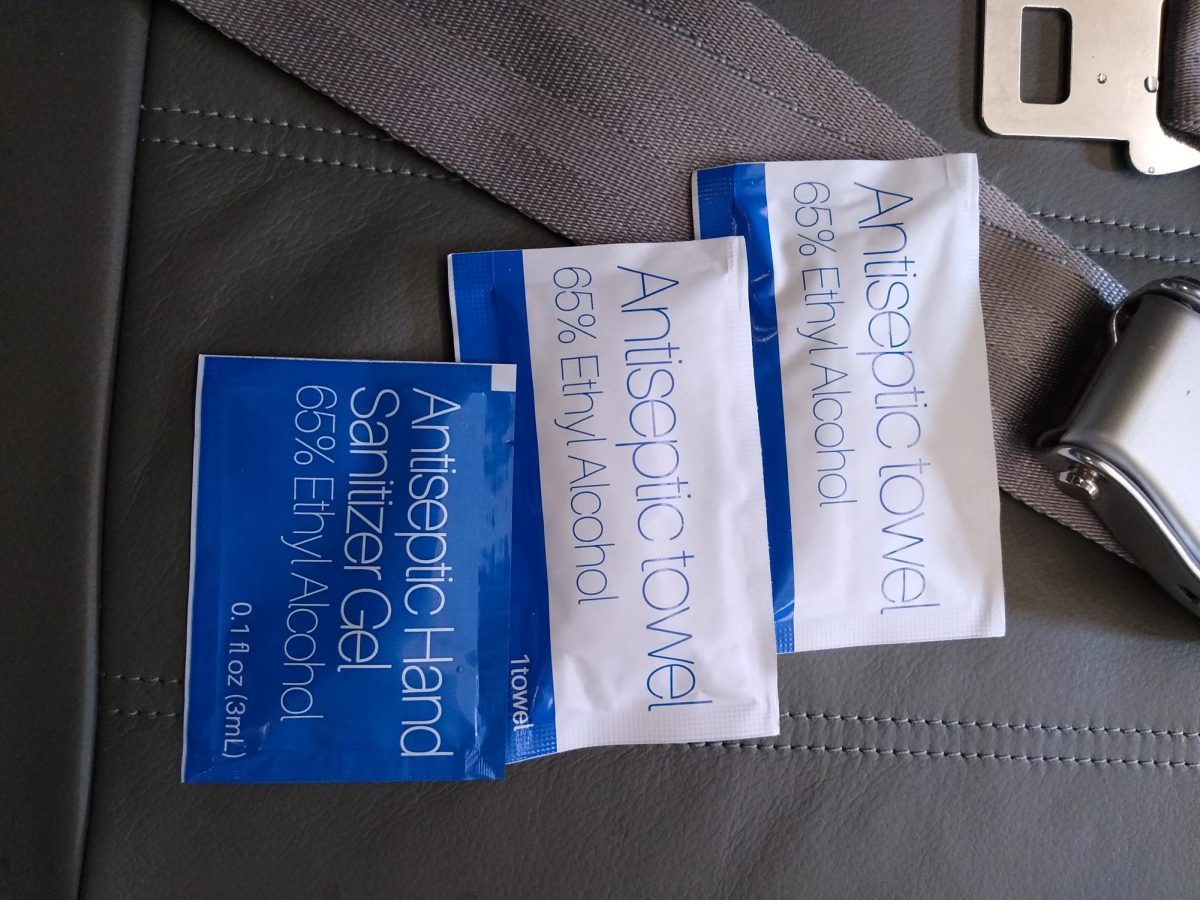The Shroud of Turin is a piece of cloth on which appears an image of a crucified man, which has long been believed by the faithful to be that of Jesus Christ. But as in any unlikely relic, the authenticity of the shroud is a subject of much controversy.
For many years, there was no way to effectively date the shroud. It was generally believed to be Christ’s burial shroud, with little need for research. But as the world progressed into the Scientific Revolution and people began looking for empirical evidence for everything, the authenticity of the Shroud came into question.
In the 20th Century, the technology to date things came about. One method was carbon-14 dating. This method tests once-living material based on the amount of radioactive carbon-14 that had decayed. Carbon-14 tests are not considered absolutely accurate because things like mold and bacteria and even the empty space between fibers can distort a reading. A test was put on the shroud with Vatican permission, but the result was that the sample appeared to date from the 14th Century, which would match its first recorded appearance in 1354. But many critics said that the sample was taken from a section that was repaired, and the tests were not universally accepted.
In 2022, researchers in Italy used WAXS scanning to test the Shroud. WAXS stands for Wide-Angle X-ray Scattering, and it is a more reliable way to test flax for age, because additional material such as bacteria will not affect the results. The
results done showed the Shroud was 2,000 years old and most closely matched a piece of cloth known to be from AD 55.
These results are much more accurate and close to the time of Christ. While more research will need to be done, this ongoing debate seems to have had a major breakthrough.















